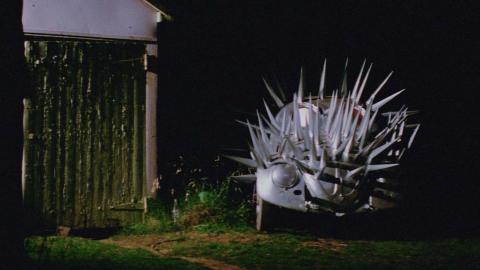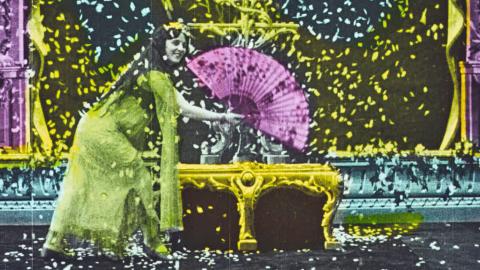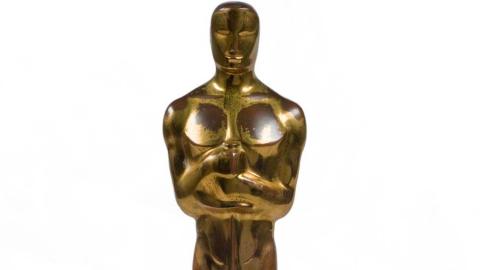
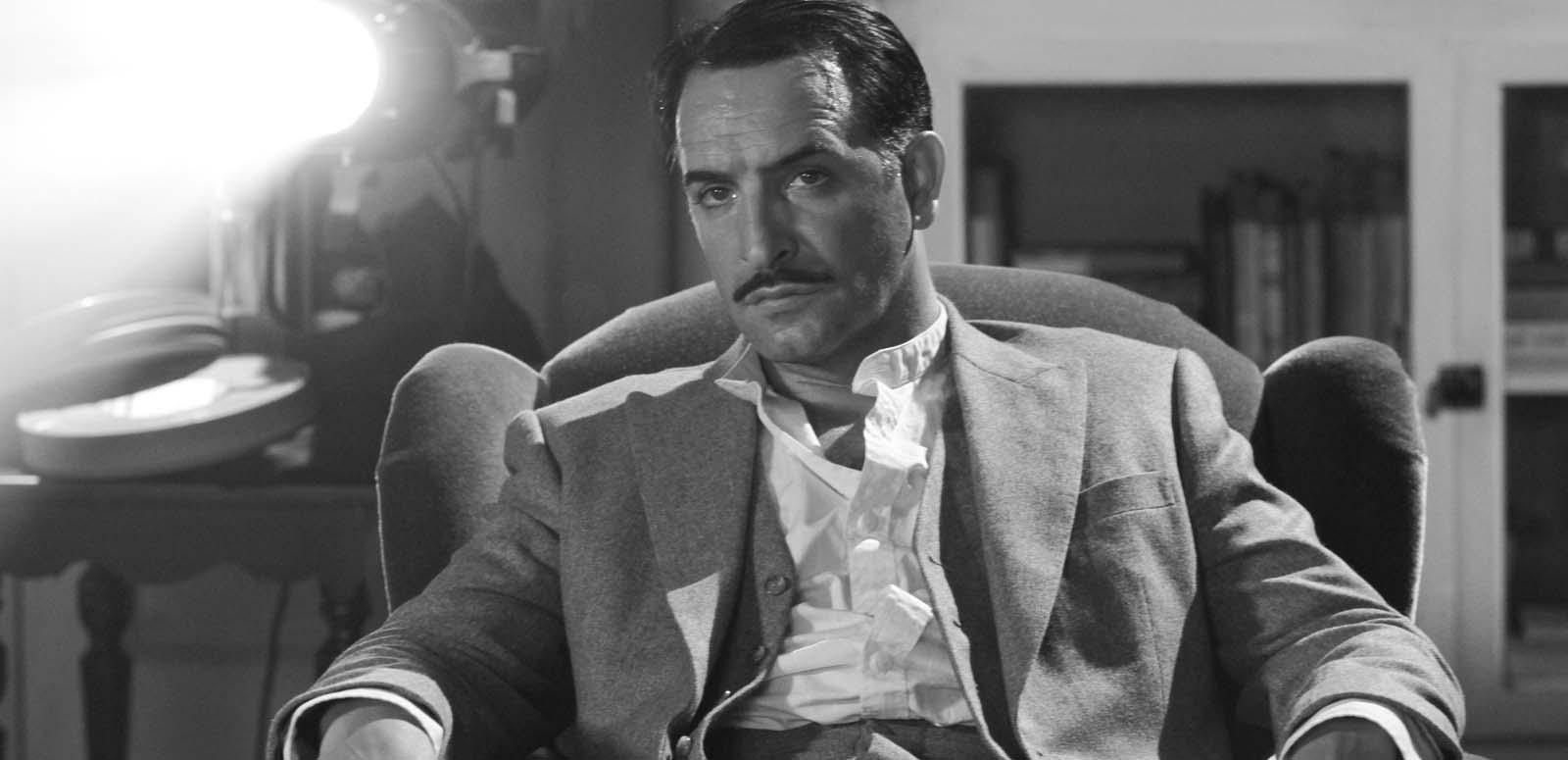
Film: dead or alive?
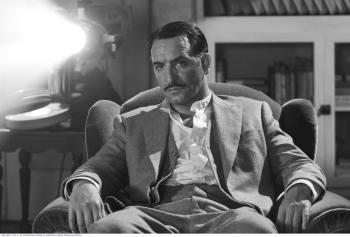
The film vs digital debate, which has been raging since the day independent cinema directors and DOPs – followed shortly by the big studios – started shooting digitally in the late 1990s, reached a climactic point last month when the once all-powerful Eastman Kodak filed for bankruptcy.
It’s almost ironic that Kodak’s troubles coincided with Hollywood’s rediscovery and celebration of the early days of cinema via the Oscar-winning The Artist (a French black and white silent film about a 1920s movie star’s inability to cope with the rise of the ‘talkies’) and Hugo (Martin Scorsese’s 3D love letter to science fiction and visual effects pioneer Georges Méliès , which also raises the importance of film preservation). The subject matter of both films, usually of interest to only a small group of film buffs, academics and historians, has been embraced by both mainstream media and international audiences.
Kodak’s misfortunes, however, seem to confirm what many have been saying for years: that film is dying a slow, painful death. But many others, particularly in the archiving and preservation sector, vigorously disagree. It’s true that film is struggling to maintain its relevance as a capture and projection medium, but it is still irreplaceable when it comes to ensuring that our audiovisual history, past, present and future, is properly preserved.
In an article recently published by The Toronto Star entitled ‘Is cinema facing a digital dark age?’, former NFSA CEO and current George Eastman House Motion Picture curator Paolo Cherchi Usai argued that the original cinema experience – 35mm film projected at 16 or 24 frames per second – is being ‘museumified’. In other words, archives and museums will be the only places offering the traditional film experience, and future audiences won’t know what films looked like in their original form.
NFSA Senior Curator Meg Labrum is more optimistic, and believes the current silent film awareness boost via The Artist, the overwhelming film/digital preservation debate heightened by Kodak’s troubles and the Academy of Motion Picture Arts and Sciences release of the ‘The digital dilemma – Part 2 make this the right moment to get the public’s attention around these issues.
‘Paolo’s comments reflect a worldwide archival debate as we see traditional film giants like Kodak readjusting to the digital age, a new generation responding to silent cinema via The Artist, and Scorsese’s Hugo celebrating one of the world’s earliest silent cinema heroes, Georges Méliès,’ said Labrum.

‘The original cinema experience – with projected film, flicker, light and sound as part of that unique performance – is different from the digital cinema presentation which is today becoming the norm. One of the biggest challenges for archives is to support both of these approaches,’ she added.
Former NFSA Development Manager Dominic Case discussed the problems facing film archives extensively on this blog and, in an interview with Radio National, our CEO Michael Loebenstein explained why archives still prefer film for long-term preservation purposes.
‘The real problem is that with film, we know that if we use modern stock and keep it under certain conditions, we can preserve it for 150-300 years. It’s not a problem; the technology will be there, and it is simple technology,’ said Loebenstein.‘But with the digital formats of today, every couple of years you have to migrate your content from one storage medium to the next, and not only that, but you must also think about the file formats… try playing back a file format from 1996 today; you’ll be in trouble.’
Labrum added: ‘Analogue film is still the stable preservation format for moving image, and projected film remains one of the unique cinema experiences which we need to sustain as long as possible. The vast wealth of preserved cinema from the past century exists partially in both worlds – preserved as film and sometimes translated into digital form. Today’s productions are increasingly purely digital, so archives face major challenges to sustain both the end point, the cinema or exhibition experience, and the preservation of the production itself so that it can continue to be seen beyond the now. The future of film production is a hot topic and the stability of digital platforms continues to develop. We live in exciting times.’
So don’t bet on film becoming a relic of ancient times… at least not today, and not anytime soon.
The National Film and Sound Archive of Australia acknowledges Australia’s Aboriginal and Torres Strait Islander peoples as the Traditional Custodians of the land on which we work and live and gives respect to their Elders both past and present.
